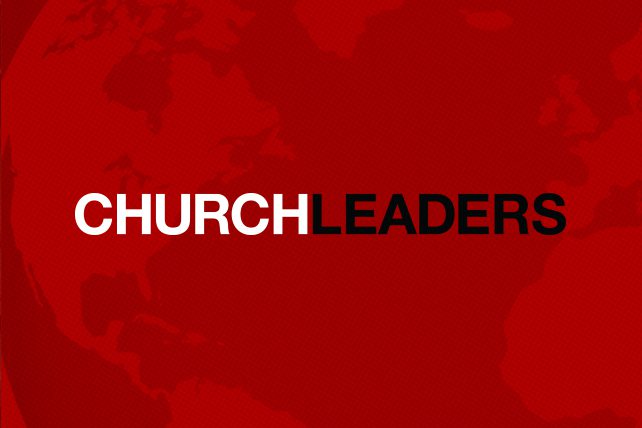While we may complain about being stuck at home, surveys are revealing that people in the U.S. don’t feel ready to return to normal activities, even if regulations lift. One poll suggests that just over 70 percent of Americans would prefer to “wait and see” once regulations begin to lift. Churches need to factor this apprehension into what they can expect from their congregants. Not everyone will be excited to leave their house. In fact, it seems many are going to be very cautious about restarting activities they once regularly participated in.
People are getting comfortable with new habits that ensure personal safety. What was once viewed as an exaggerated response (wearing masks and rubber gloves when out) is now part of the normal routine. Not only are people comfortable with them, they are starting to feel they need these items to be safe. Masks give them a little more peace of mind when they wear them and when other people wear them.
Social distancing is also a practice people have embraced and will likely not be in any hurry to let go of. It only takes a stroll along the walking path by my house to see people are concerned when out and about. When I approach a masked walker, I receive a gracious nod as they move to the edge of the path so we can pass one another at the farthest distance the path will allow. Perhaps you have seen it in the supermarket when someone pauses or takes a step back to allow you a much larger gap as you pass them in the aisle.
We cannot expect these new practices to go away just because regulations have been lifted. The concerns that drive them will still be there when the church reopens its doors.
What can the church do?
• Keep online services, activities and connection going. You will likely need to operate both live and online platforms in order to connect with congregants who may be fearful to leave their homes.
• Communicate your cleaning strategies. Let your congregation know how you have sanitized and how you plan to continue to clean your building.
• Encourage and model safety measures. Let your congregation know what they can expect. Will you be encouraging masks? Gloves? What will you implement for space between people in the sanctuary or classrooms? What will greeting look like? Prepare your staff to lead the way in these measures.
• Encourage gradual ways people can reengage. Offer smaller gatherings or encourage people to begin to meet with others for prayer, Bible study or to watch the service together at one another’s homes. When weather permits, some gatherings can happen outside the church building with comfortable spacing.
• Speak into the fear of getting sick or being vulnerable. Acknowledging the fears people have will give them a level of confidence that you are taking things seriously.
Burnout and Trauma
What does the church need to know?
Expect to see burnout and trauma in health care workers who have served tirelessly during this crisis. They will bring their personal trauma as they begin to process all they endured. They watched firsthand as the young mother of three died only days after entering into the hospital with severe symptoms. They were there when parents were told their child had died. They held the phones of frightened patients as they sobbed and sought comfort from their loved ones on the screen. They were the only one in the room when the elderly passed away as the family was prohibited to enter the hospital rooms due to the virus. They carried the daily weight of concern for their own health and those they love because of their regular exposure. There will be trauma.

